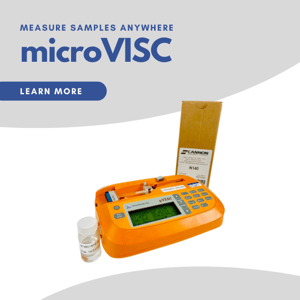
Calculating Shear Rate: Easy-Peasy
Application Note Download
Easy & Robust Protocol
Shear rates are the foundation of performing viscosity experiments. Viscometers determine viscosity by dividing shear stress experienced by the fluid by the shear rate. When developing novel fluids, their viscosity must be measured to characterize the fluid behavior for multiple environments.
During the development and manufacturing process, fluids will experience different shear rates, which may also differ from the shear rates they experience in the hands of end users. So, knowing how to calculate shear rate is critical to performing experiments that will predict fluid viscosity outside the lab environment.
Key Words:
- Shear Rate
- Product Development
- Viscosity
- Process Development
- Quality Control
- Characterization
- Learning
- Calculation
- Fluid Mechanics
- Fluids
- Easy
.jpeg?width=300&name=Woman%20scientist%2c%20documents%20and%20hands%20writing%20_575258496-min(1).jpeg)
TOUCH
Read
Applications
ReadApplications

Read
Testimonials
ReadTestimonialsGo to page

Browse
Webinars
Browse WebinarsGo to page
.png?width=200&height=58&name=RheoSense%20Logo%20(REGISTERED).png)



